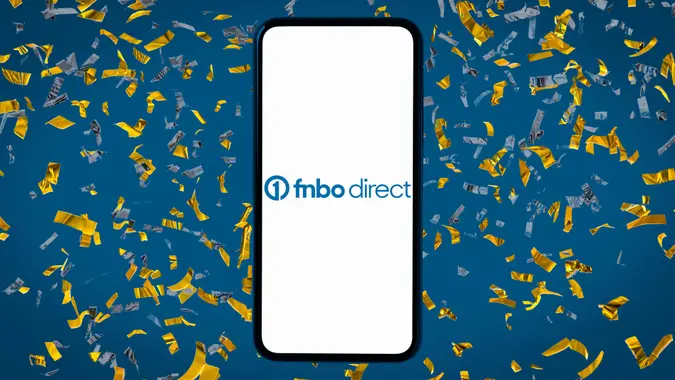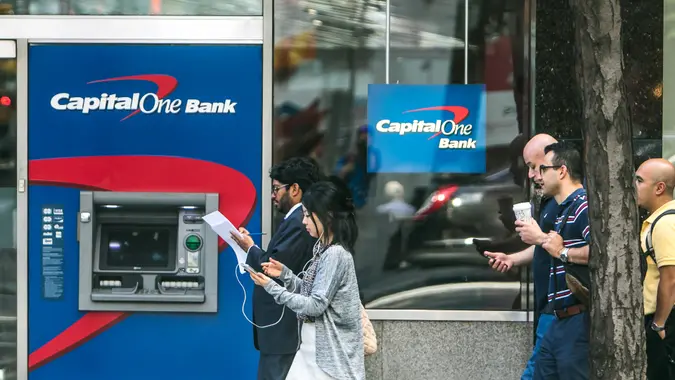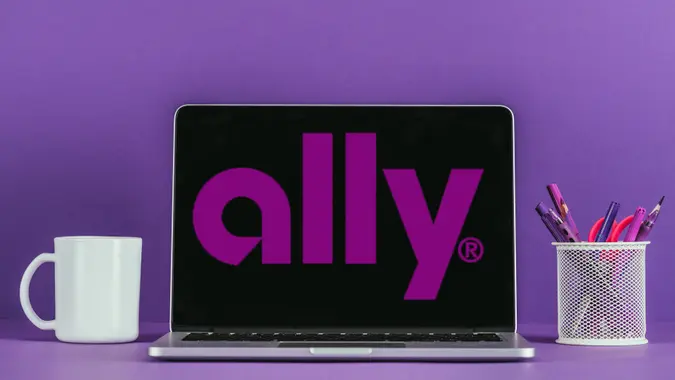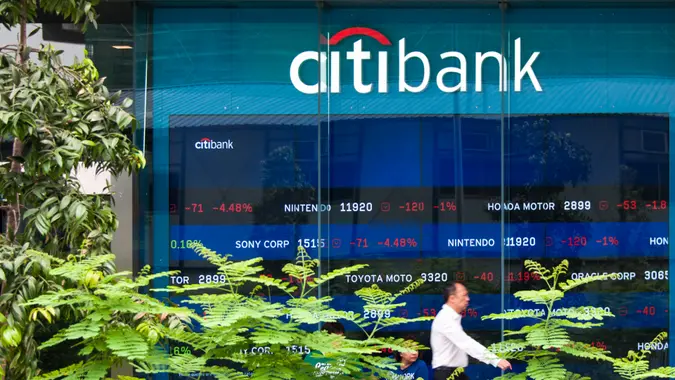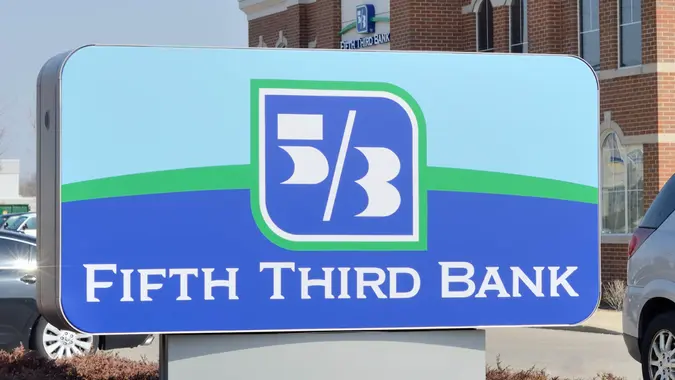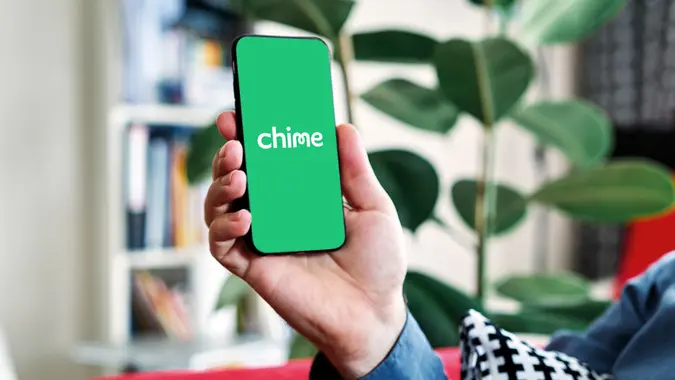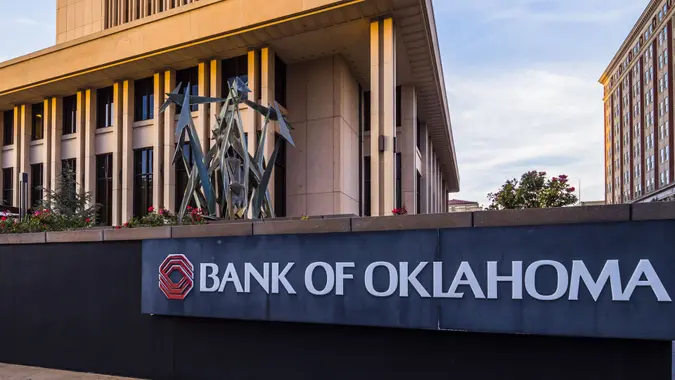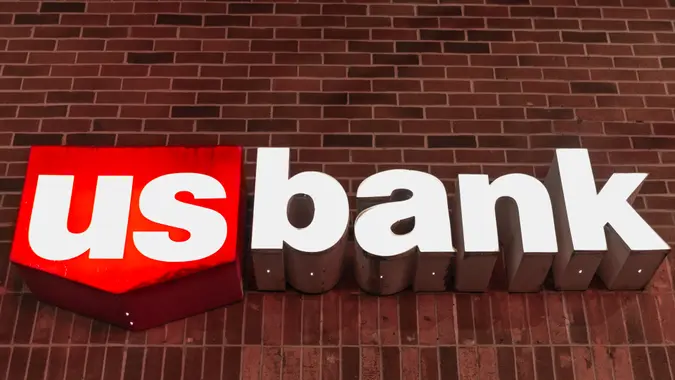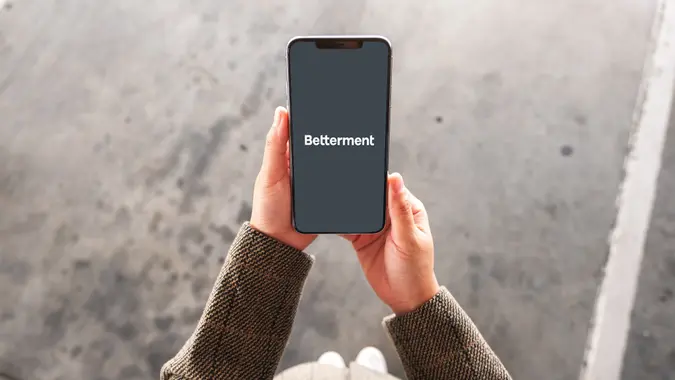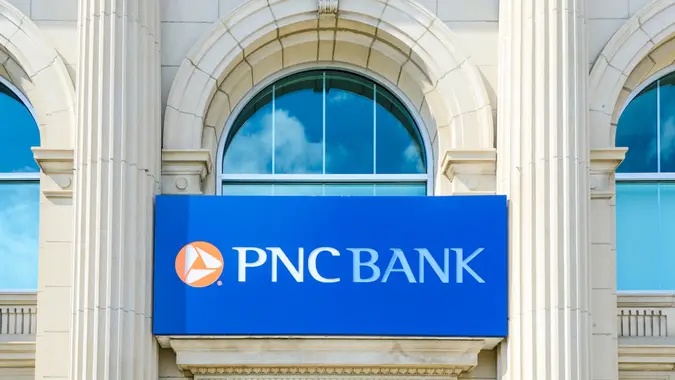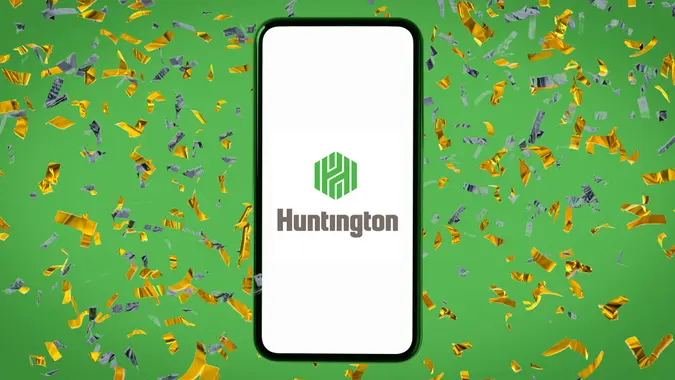Chase Bank Alert: 5 Scams You Need To Be Aware of and Avoid

Commitment to Our Readers
GOBankingRates' editorial team is committed to bringing you unbiased reviews and information. We use data-driven methodologies to evaluate financial products and services - our reviews and ratings are not influenced by advertisers. You can read more about our editorial guidelines and our products and services review methodology.

20 Years
Helping You Live Richer

Reviewed
by Experts

Trusted by
Millions of Readers
Staying vigilant against scams is crucial, especially for customers of major banks like Chase. In today’s digital age, fraudulent schemes have become more sophisticated.
Whether you’re a long-time Chase customer or new to the banking world, understanding these scams can help you navigate the risks and bank more securely.
Learn: 3 Things You Must Do When Your Savings Reach $50,000
Types of Chase Scams to Watch Out For
Awareness is your first line of defense in the world of online banking. By knowing these five scams, you can safeguard your finances.
Fake Customer Service Scams
Scammers call you unprompted and pose as a Chase Bank employee. They might tell you that there’s something wrong with your account and they need you to verify information.They might ask for your account number, login information or other really sensitive information.
Account Takeover Scams
In this scam, you receive a fake email from Chase customer service. Similar to the fake phone calls, they might tell you something is wrong with your account. They might ask you to email sensitive information or provide fake phone numbers or links for you to use.
If you click on the link in the email, it might take you to a page that looks really similar to the Chase homepage. If you click on the spoofed link and enter your account login information, the scammers get access to it.
Investment and Loan Scams
Fraudsters might present bogus investment opportunities or loans, claiming affiliation with Chase Bank. These scams often promise high returns or low-interest rates to lure unsuspecting customers. The scam might be in an email with a link that takes you to a fake loan application page. They might ask for all sorts of sensitive information.
What To Do If You Are Scammed
If you suspect you’ve been scammed or notice unauthorized transactions in your Chase account, immediate action is essential. You can take these steps:
- Contact Chase immediately: Report the scam or any suspicious activity related to your Chase checking account or savings account as soon as possible to Chase’s customer service.
- Change your login credentials: Update your passwords and security questions to prevent further unauthorized access.
- Monitor your account: Regularly check your account statements and transaction history for any additional suspicious activity.
- File a report: Consider reporting the scam to the relevant authorities, such as the Federal Trade Commission or your local police department.
- Stay informed: Keep yourself updated on the latest scam trends and protective measures to prevent future occurrences.
Will Chase Refund Me If I Get Scammed?
If you’re scammed and unauthorized charges are made with your Chase card or account information, Chase offers Zero Liability Protection. This means you won’t be held responsible for these unauthorized charges.
Furthermore, if you’re charged for something you canceled or for an order that never arrived, you can dispute the charge with Chase. They will investigate the issue and you may be eligible for a refund under their protection policies.
How To Keep Your Account Secure
Here are tips to keep your Chase account secure:
- Verify contact: Always double-check the source of any communication claiming to be from Chase. Remember that scammers will sometimes use the bank’s logo to trick you. You can do this by only using the contact information on the mobile app, the back of your debit card or the bank’s homepage.
- Think before acting: Scammers like to make you feel an extreme sense of urgency. That way, you’ll miss red flags. If a bank email is making you feel like something is an emergency, that’s a sign to slow down.
- Protect personal information: Chase won’t ask you to share sensitive information over email or text.
- Regular monitoring: Keep a close eye on your account activities and report any suspicious transactions immediately.
How Chase Protects You From Scams
Chase offers several tools to help you protect your account. They have zero liability protection which covers you if unauthorized charges are made with your card.
They also offer multi-factor authentication to make sure it’s really you trying to sign into your account.
If you think you’ve been a victim of a scam, call Chase right away to let them know. They’ll walk you through the next steps.
FAQ
- What should I do if I receive a suspicious email from Chase?
- Do not click any of the links, call any of the phone numbers or respond to the email. Instead, call the number on the back of your debit card to verify the communication.
- How can I tell if a Chase call is legitimate?
- If a person calls you and says they work for Chase, it’s ok to be suspicious. Before giving them any of your information, hang up and call back using the number on your debit card. Ask the customer service agent if Chase has been trying to contact you,
- Is Chase responsible for protecting me from scams?
- Chase provides many tools to protect you from scams. Like data encryption, multi-factor authentication and more. However, these safeguards can’t protect you if you give your account information to a scammer.
- What should I do if money is taken from my account due to a scam?
- Contact Chase immediately using the number on the back of your debit card. They will walk you through the next steps.
- How can I report a Chase scam?
- You can report a scam by calling the customer service number on the back of your debit card. They will walk you through the next steps.
More About Chase
Editorial Note: This content is not provided by Chase. Any opinions, analyses, reviews, ratings or recommendations expressed in this article are those of the author alone and have not been reviewed, approved or otherwise endorsed by Chase.
Editor's note: This article was produced via automated technology and then fine-tuned and verified for accuracy by a member of GOBankingRates' editorial team.
Our in-house research team and on-site financial experts work together to create content that’s accurate, impartial, and up to date. We fact-check every single statistic, quote and fact using trusted primary resources to make sure the information we provide is correct. You can learn more about GOBankingRates’ processes and standards in our editorial policy.
 Written by
Written by  Edited by
Edited by 



